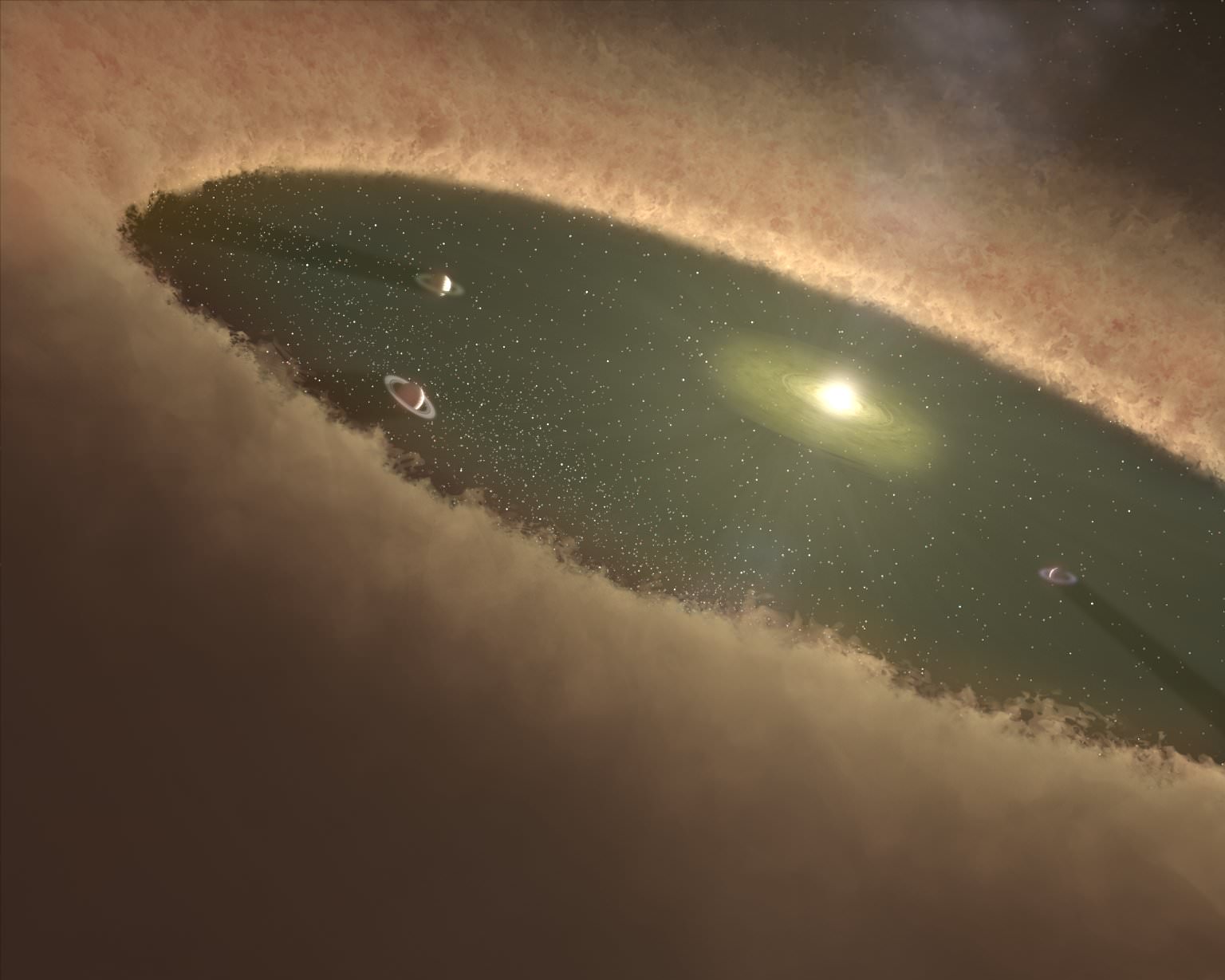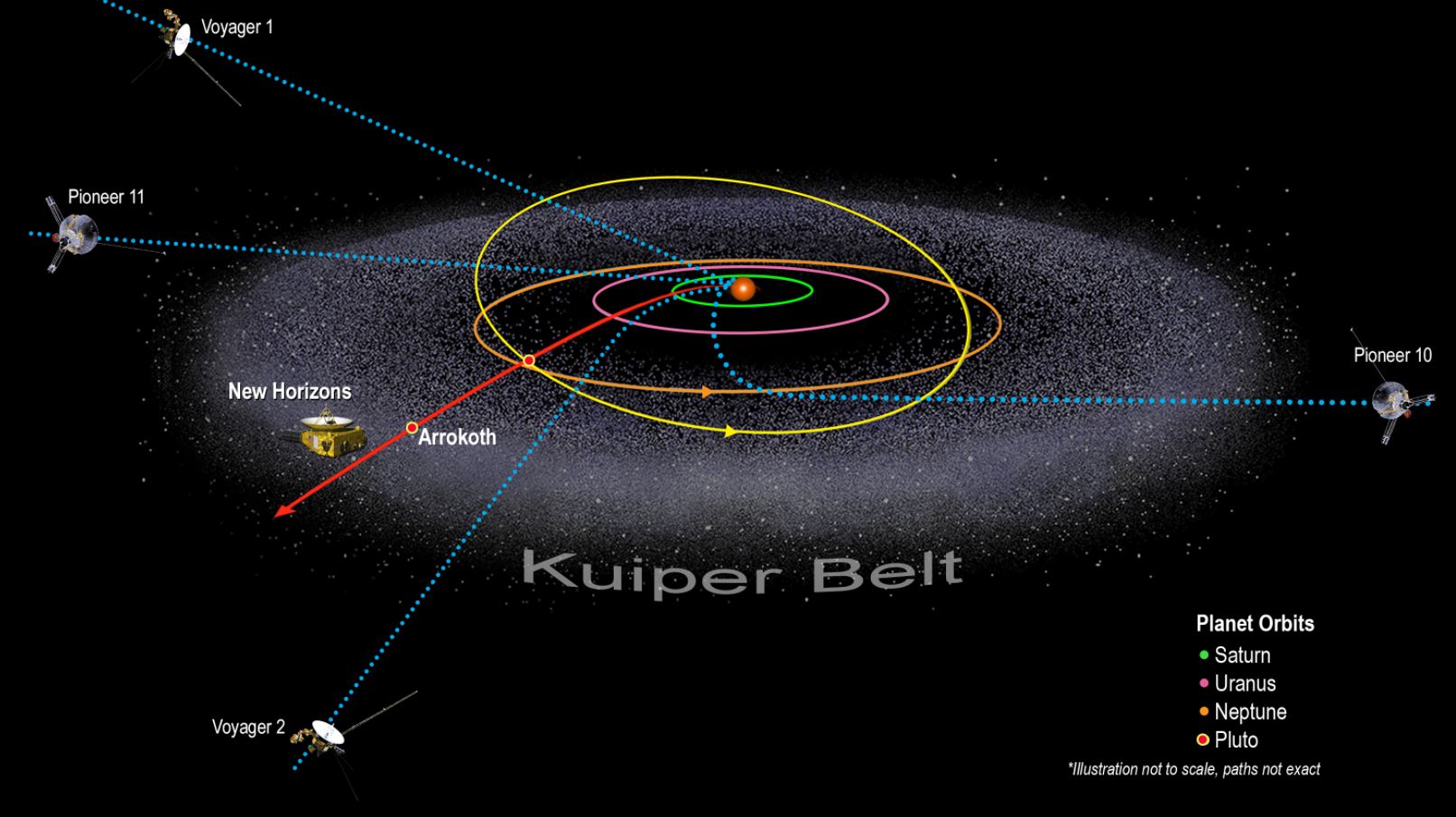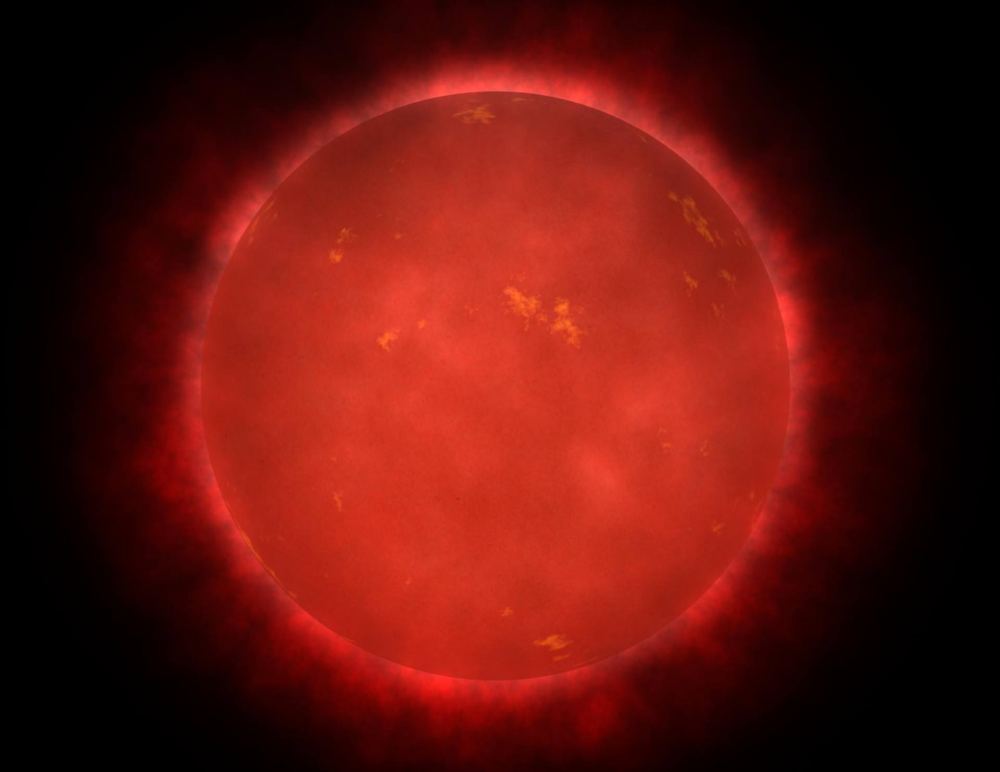Earth formed 4.54 billion years ago. The first period of the history of the Earth was known as the Hadean Period which lasted from 4.54 billion to 4 billion years ago. During that time, Earth was thought to be a magma filled, volcanic hellscape. It all sounds rather inhospitable at this stage but even then, liquid oceans of water are thought to have existed under an atmosphere of carbon dioxide and nitrogen. Recent research has shown that this environment may well have been rather more habitable than once thought.
Continue reading “The Early Earth Wasn’t Completely Terrible”The Meteorites That Made Earth Were Filled With Water

According to the most widely accepted scientific theory, our Solar System formed from a nebula of dust and gas roughly 4.56 billion years ago (aka. Nebula Theory). It began when the nebula experienced gravitational collapse at the center, fusing material under tremendous pressure to create the Sun. Over time, the remaining material fell into an extended disk around the Sun, gradually accreting to form planetesimals that grew larger with time. These planetesimals eventually experienced hydrostatic equilibrium, collapsing into spherical bodies to create Earth and its companions.
Based on modern observations and simulations, researchers have been trying to understand what conditions were like when these planetesimals formed. In a new study, geologists from the California Institute of Technology (Caltech) combined meteorite data with thermodynamic modeling to better understand what went into these bodies from which Earth and the other inner planets formed. According to their results, the earliest planetesimals have formed in the presence of water, which is inconsistent with current astrophysical models of the early Solar System.
Continue reading “The Meteorites That Made Earth Were Filled With Water”Earth Might Have Formed in Just a Few Million Years

Earth formed about 4.6 billion years ago. That simplistic statement is common, and it’s a good starting point for understanding our planet and our Solar System. But, obviously, Earth didn’t form all at once. The process played out for some period of time, and the usual number given is about 100 million years.
New research suggests that Earth formed more quickly than that in only a few million years.
Continue reading “Earth Might Have Formed in Just a Few Million Years”The Outer Solar System Supplied a Surprising Amount of Earth’s Water

In a recent study published in Science, a team of researchers at Imperial College London examined 18 meteorites containing the volatile element zinc to help determine their origin, as it has been long hypothesized that Earth’s volatiles materials, including water, were derived from asteroids closer to our home planet. However, their results potentially indicate a much different origin story.
Continue reading “The Outer Solar System Supplied a Surprising Amount of Earth’s Water”We Know We’re Made of Stardust. But Did it Come From Red Giants?

We’ve all heard this one: when you drink a glass of water, that water has already been through a bunch of other people’s digestive tracts. Maybe Attila the Hun’s or Vlad the Impaler’s; maybe even a Tyrannosaurus Rex’s.
Well, the same thing is true of stars and matter. All the matter we see around us here on Earth, even our own bodies, has gone through at least one cycle of stellar birth and death, maybe more. But which type of star?
That’s what a team of researchers at ETH Zurich (Ecole polytechnique federale de Zurich) wanted to know.
Continue reading “We Know We’re Made of Stardust. But Did it Come From Red Giants?”
